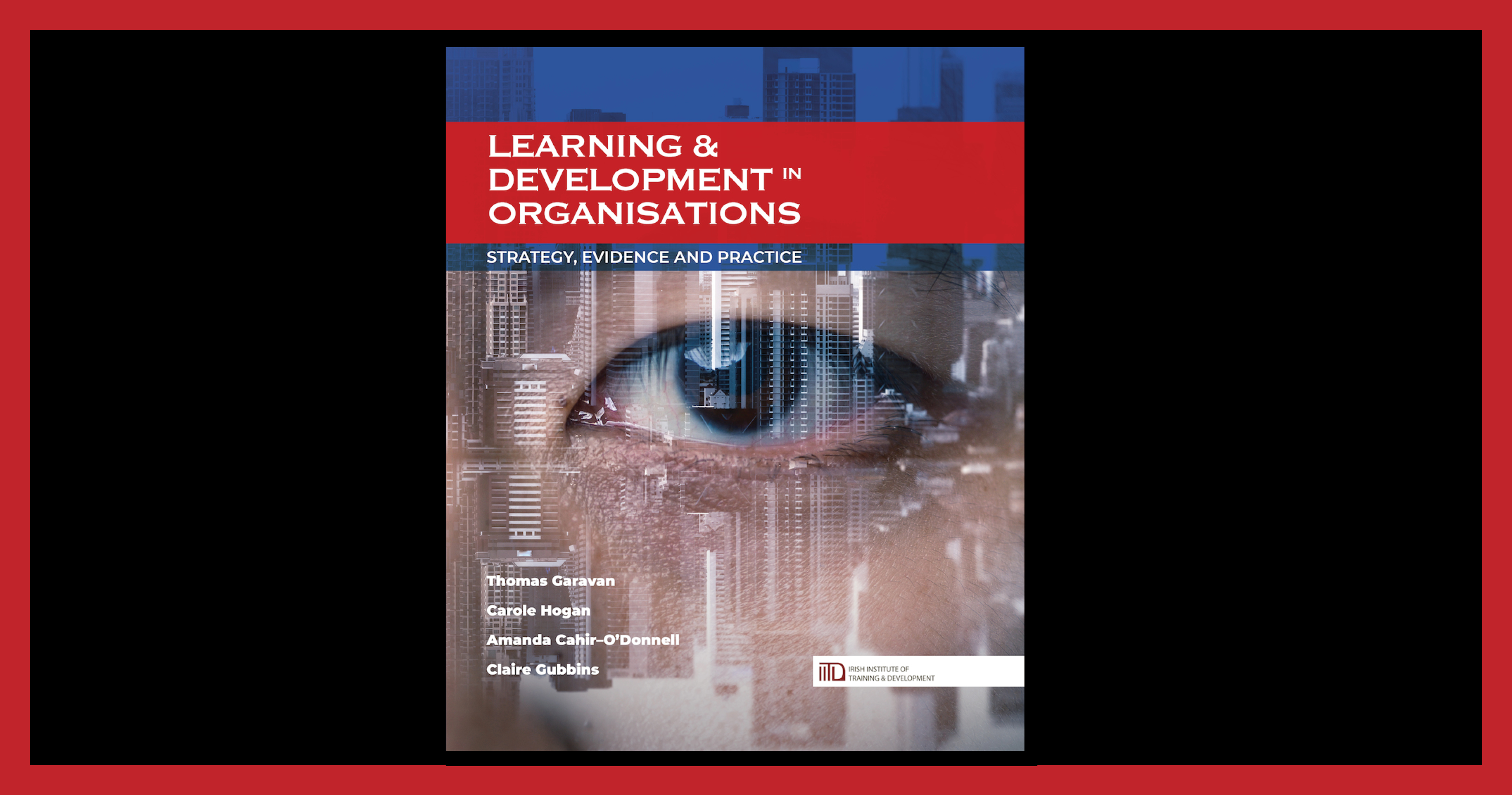"It is imperative that L&D professionals shift their focus from the dominant paradigms that the profession has relied on for the past 50 years and examine more contemporary ways in which to improve their practice as professionals. The reality is that the future has started."
From the Foreword, by Sinead Heneghan, CEO, IITD
At 798 pages, this is a comprehensive overview of learning and development theory and practice; past, present, and emerging. The table of contents alone fills 17 pages. The “soup to nuts” approach should be helpful to students, new practitioners, and experienced professionals who want to fill out their skill sets.
For students and those new to the field of learning and development, the authors have covered the basics of the profession and underlying theory, providing a foundation for deeper understanding of L&D. Practitioners will find details of the best available evidence on L&D practices, guidelines for action, and a strategic perspective across organizational performance. Details addressed include:
- Research
- Case examples
- Key concepts
- Critical reflection exercises
- A very complete bibliography and glossary
 Features
Features
The content of the book is organized in a practical way that facilitates the reader's approach to the subject.
Section 1: Concepts, context and processes
Outlines the key elements of L&D and the scope of each element.
Section 2: The theory and the practice of L&D
Covers various learning theories (not all of them necessarily supported by research, such as "learning styles"), misconceptions, solutions, methods, and technologies for learning and development. Also addresses return on investment and learning analytics (the latter very briefly).
Section 3: Changing L&D roles, competence development, and professional ethics
The spectrum of current roles in L&D, changing perspectives, and future opportunities. Some features indicate that this book is at least partly intended for use as a textbook. For example:
- The case studies and best available evidence to inform practice sections are very brief, more like discussion topics or examples
- Review questions at the end of chapters
Basic information covers the classic instruction design elements:
- Needs analysis methods
- Developing learning objectives
- Designing classroom, digital, blended, and flipped learning solutions
- ADDIE and rapid development
- “Off-the-job” learning
- “On-the-job” learning
- Social, collaborative, and collective learning
- Evaluating learning
- ROI and learning analytics
Chapter 15 (Changing L&D Roles, Competence Development and Professional Ethics) and Chapter 16 (The Future of L&D in Organizations) would be worth considering by professionals as a guide to personal self-development. Brief sections are tagged for line managers and teams, and for organizational leaders.
What I wish the book also covered
While this book is certainly a massive compilation, the challenge for readers may be in finding important items if you are interested in the future of L&D as well as the status quo. Some of the future is in the book, but it is hard to find, even if you look in the chapter(s) where you would expect it.
- Artificial intelligence and learning
- Uses of emerging technologies
Bibliographic information
Learning & Development in Organisations: Strategy, Evidence, and Practice, Garavan, Thomas, and Carole Hogan, Amanda Cahir-O’Donnell, Claire Gubbins. (2020) Cork, Ireland: Oak Tree Press.



